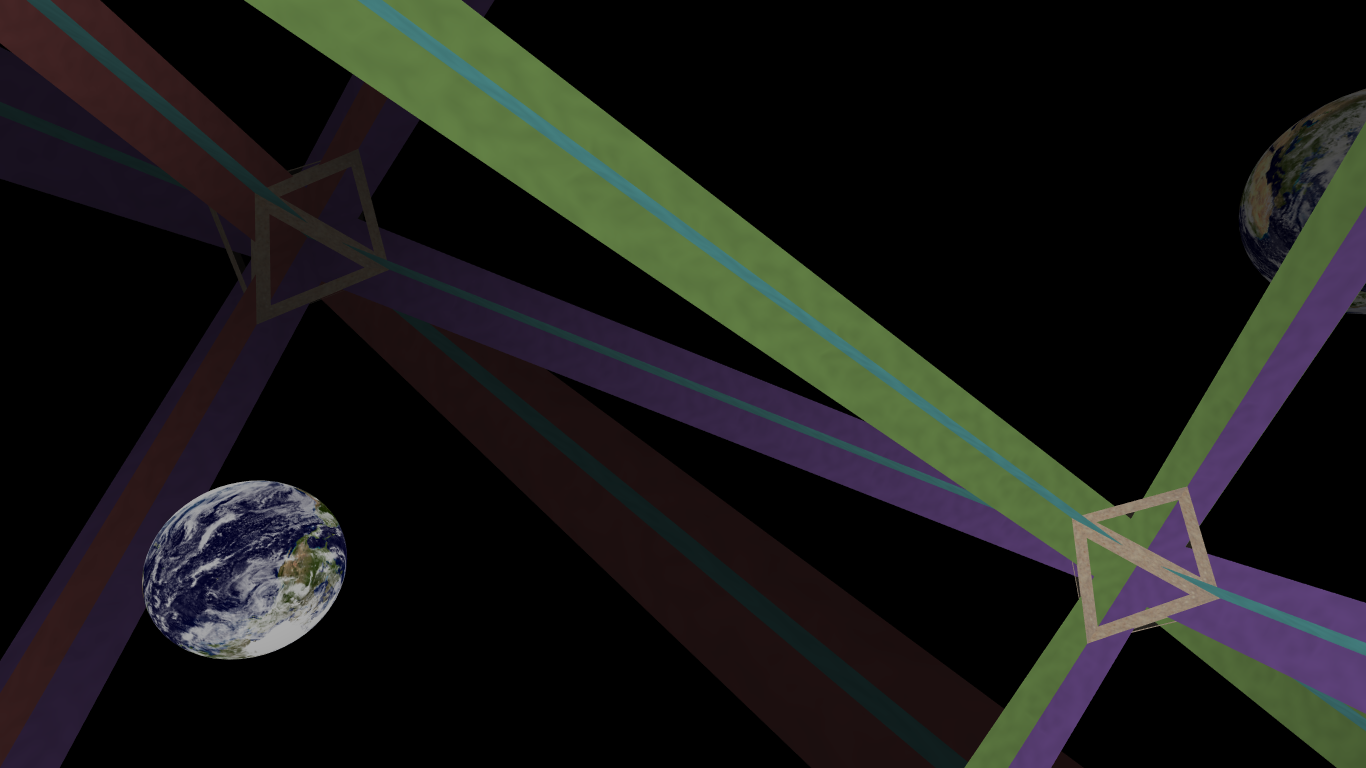Suppose you were standing inside a regular tetrahedron $T$ whose internal face surfaces were perfect mirrors. Let's assume $T$'s height is $3{\times}$ yours, so that your eye is roughly at the centroid, and that you look perpendicular to a face:

My question is:
Q. What do you see? Either qualitatively; or if anyone can find an image, that would be revealing.
Asking the same question for the view inside a mirrored cube is easier to visualize: the opposing parallel square-face mirrors would produce a "house of mirrors" effect (in three perpendicular directions).

(Image from this link.)
Addendum 1 (21Nov2014). To respond to Yoav Kallus' (good) question, here is a quote from Handbook of Dynamical Systems, Volume 1, Part 1. (ed. B. Hasselblatt, A. Katok), 2010, p.194:

Addendum 2 (24Nov2014). Now that we have Ryan Budney's amazing POV-ray images, I would appreciate someone making an attempt to describe his $32$-reflection image qualitatively. I find it so complex that this may be an instance where a thousand words might be superior to one picture.













